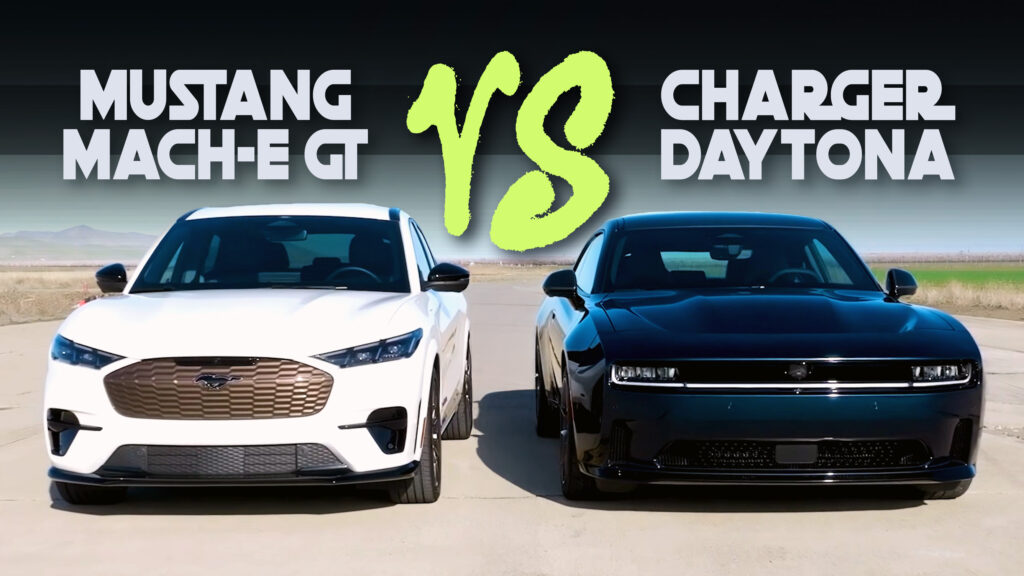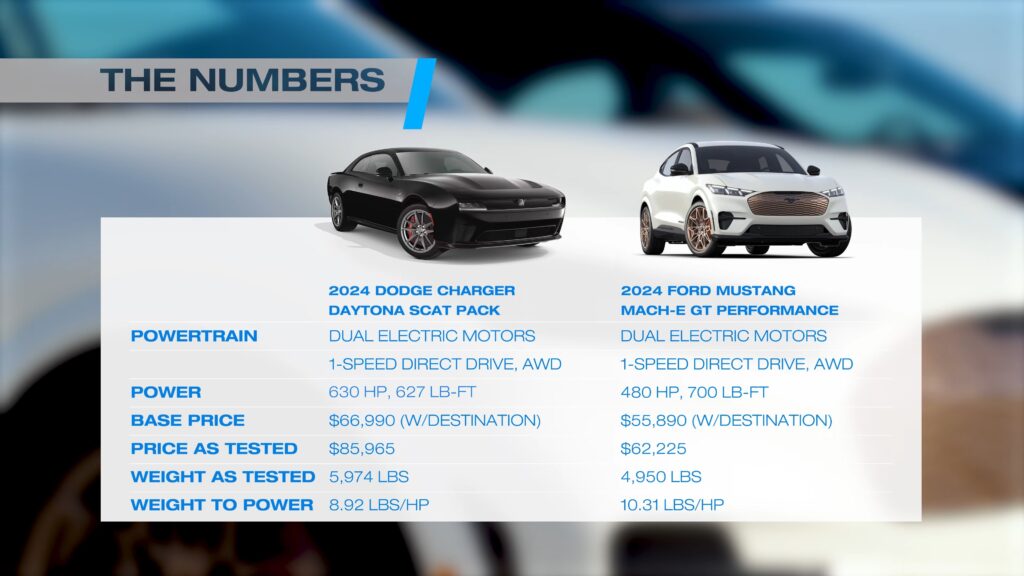One Of These EVs Proves You Can’t Fake Your Way To Performance

- The Tesla sedan accelerates quicker than the Dodge despite having less power.
- The Model 3’s handling is more predictable, but the Charger pulls stronger later G.
- A pair of six-cylinder versions of the new-age Charger will hit the market soon.
The reception to the all-electric Dodge Charger Daytona has been, well, less than enthusiastic. Critics have pointed out that it’s too heavy, too bulky, and, frankly, feels somewhat half-baked. To top it off, it doesn’t set your pulse racing the way the classic V8-powered Challenger did. Things have gotten so rough that Dodge has decided to pull the plug on the base Daytona R/T for the 2026 model year, leaving only the Scat Pack as the remaining option.
Read: You Aren’t Buying It, So Dodge Is Killing The Electric Charger Daytona R/T (Update)
So, how does the Charger Daytona Scat Pack stack up against the competition? Edmunds recently put it head-to-head with one of the best value-for-money electric performance cars around right now, the Tesla Model 3 Performance, in their U-Drag race.
Edmunds’ U-Drag Race pits two cars against each other in a straight-up test of acceleration and handling, with real-world drag racing and tight cornering on display. It’s a test of how these cars actually perform when pushed to their limits.
Price Gap: More Than Just a Numbers Game
Let’s talk numbers for a moment. The Tesla comes in at a much lower price, $56,630 with destination charges included, while the Charger Daytona Scat Pack starts at $70,190 with no options. Add in a few optional features, and that gap widens to nearly $28,000. Both cars qualify for the $7,500 federal tax credit. But let’s not get distracted by the price just yet; it’s time to talk performance.

Tesla’s Clear Edge in Acceleration
Accelerating away from the line, the Model 3 Performance has the clear advantage. Tesla says its twin electric motors combine to produce 510 hp and 554 lb-ft (751 Nm), whereas Dodge says the Charger Scat Pack is good for 670 hp and 627 lb-ft (850 Nm). On paper, it’s a tight match. The more powerful Dodge claims a 0-60 time of 3.3 seconds, while Tesla states the Model 3 Performance hits 60 mph with a rollout in just 2.9 seconds.
In reality, not only does the Tesla easily pull away in both races, but even as the speeds exceed 60 mph, it continues to stretch ahead, arriving at the braking point well ahead of the Charger. In the first race, the driver of the Dodge was able to close the distance under braking, but the Model 3 handles better and performs a tighter and quicker U-turn, thanks in part to its more neutral handling, the reviewers note.
During its tests, Edmunds recorded a best 0-60 mph time in the Tesla of 3.1 seconds and 3.7 seconds for the Dodge. The Model 3 then stormed down the quarter mile in 11.3 seconds at 122.1 mph (196.4 km/h), compared to the 12.0 seconds of the Dodge at 118.7 mph (191.0 km/h). Interestingly, the Charger had the advantage in lateral grip, pulling a peak of 1.19G compared to the Tesla’s 1.13G. But, that wasn’t enough to make up for its slower acceleration.

